Welcoming a new cat companion to your household can be exciting but what happens when their instinct to scratch takes over? It is unfortunate to lose your curtains, couch or any other important household item to scratching behavior and it might seem easier for your cat to have their claws removed in a surgical procedure of declawing. However, there are many risks to this and it should be taken into serious consideration before putting them through the surgery.
What exactly is declawing your cat? It is not just removing the nail. To compare the surgery to humans’ hands, it is like cutting off each finger at the last knuckle. Following surgery, they can experience days of discomfort and pain. There is potential of infection, lameness and back pain. It can change the way they walk, cause nerve damage and bone spurs. Also, because claws are their first line of defense, lack of claws can cause them to become biters as their defense when feeling threatened.
Scratching helps relieve stress, stretch their muscles and remove the outer sheath of their claws. It is a healthy, normal behavior. There are outlets and options for your cat, a scratching post or even multiple posts can be purchased, cardboard scratching box and regular nail trims. Soft paws which are painless, vinyl caps that fit over your cat’s claws without harming them. They come in different sizes and colors and one application can last up to six weeks. Soft paws don’t affect nail extension or retraction, helps protect people from being scratched and costs around ten to fifteen dollars. When considering declawing your cat, put your pet’s health first.
Citations:
Pamphlets
1. The truth about declawing
2. Soft Paws Nail Caps for Cats
Christianne Schelling, DVM
www.softpaws.com
www.declawing.com
Soft Paws, Inc
Distributed by SmartPractice 2011

Recent Comments